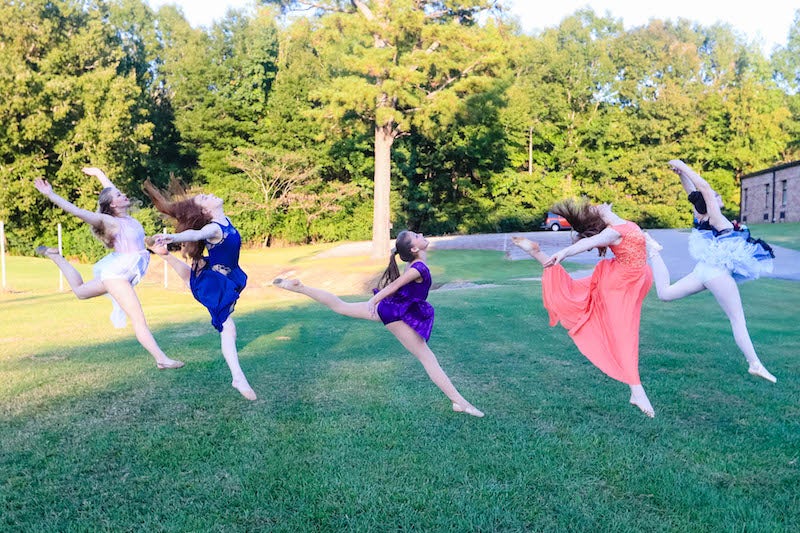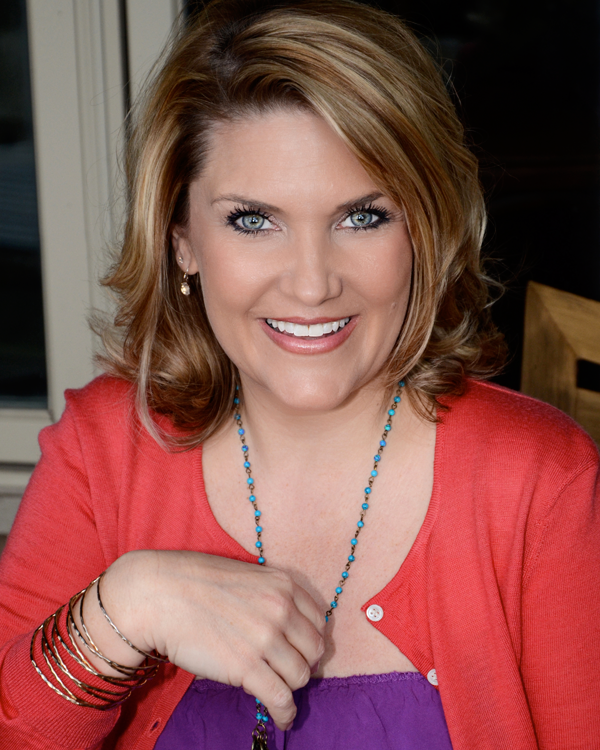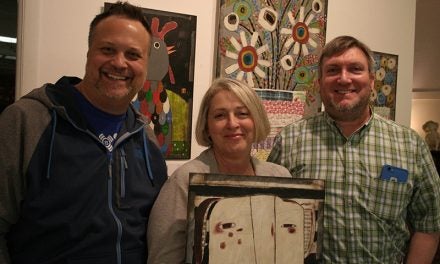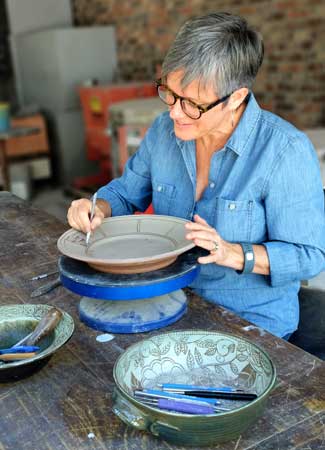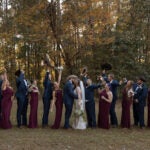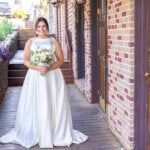For dancers at one local studio, dancing is an outlet for creative expression and healing.
Gracie Driskell doesn’t remember a time when Dream Makers Dance wasn’t a part of her life. The 17-year-old senior at Shelby County High School has been dancing there since she was 3.
She loves clogging, hip-hop, lyrical, contemporary — the list goes on and on.
But longer than that is the list of ways she says the studio has changed her life.
“The teachers there have made a major impact on me,” she said, noting that two of the teachers have been like “a second mom” to her.
One of those is Jenny Lespi, who started the studio in 1992 after she was asked to get together some dancers for Liberty Day in Columbiana. The idea just snowballed from there, and Dream Makers Dance was born.
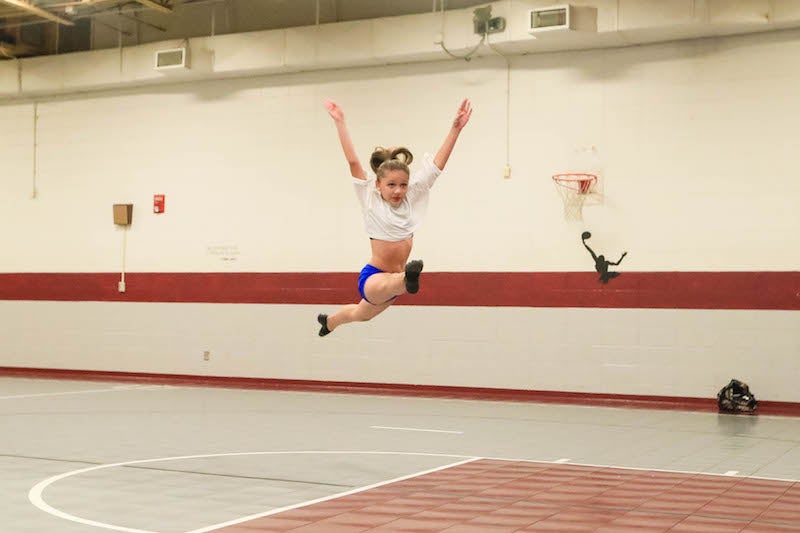
“Shelby County opened up an afterschool education program in 1994 with dance for latchkey kids, kids who couldn’t afford to go to one of the bigger studios,” Lespi says, noting that the program gave the opportunity for students in a rural, Title One area to thrive. “And God has just blessed us — we’ve grown and grown and grown.”
Dream Makers Dance doesn’t have a studio of its own — they rent gym space from schools. And they don’t have mirrors or barres, but that doesn’t slow them down, Lespi says.
“They all have stories from their heart,” she said. “Not having a mirror there doesn’t change their passion. You can stretch your leg on the back of a chair as well as you can stretch it on a barre.”
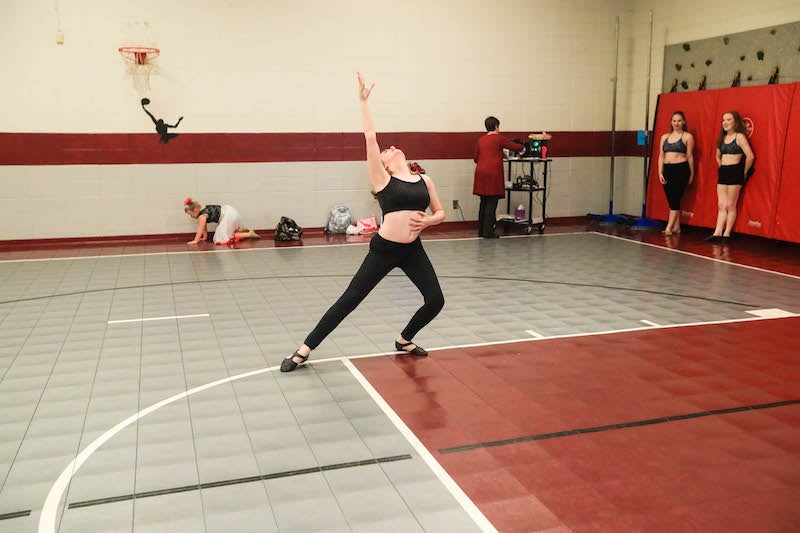
Driskell agrees. “We don’t look like a normal studio, and I think it’s neat that we can do just as well as other studios with all the extravagant things,” she says. “Sometimes we even compete against them and win.”
Dream Makers Dance was named Most Inspirational Dance Studio at the Inspire National Dance Competition. They also won the People’s Choice award at nationals and $3,500 in scholarships.
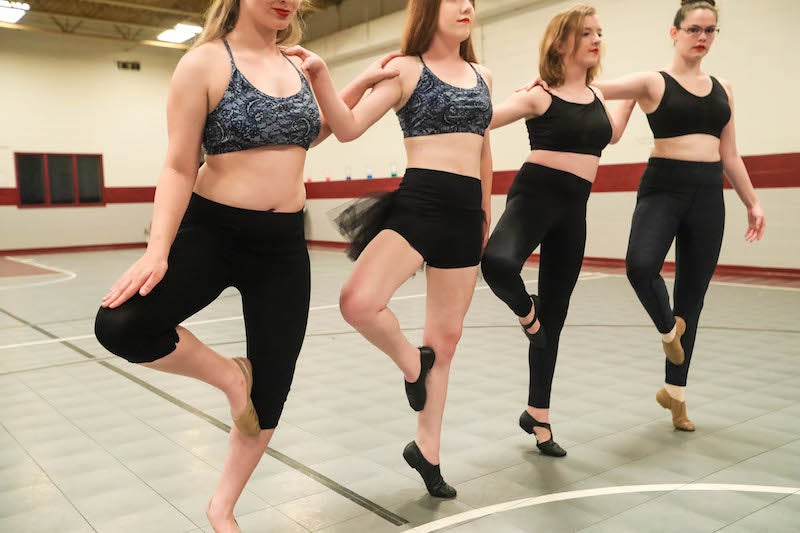
“Our mission is to inspire, and I think our girls do a good job of that,” Lespi says. “We’re there as dancers, but we have grown more into telling a story than being concerned about doing the steps. Every performance is somebody’s story.”
And they definitely have stories to tell. Two years ago, Driskell choreographed a solo piece to Rascal Flatts’ “Why,” a song about losing someone to suicide. She first put the piece together just to let people who were struggling know they weren’t alone, but in the middle of that year, one of her friends — an eighth grader — committed suicide.
“After that happened, it had an even deeper meaning behind it,” Driskell says.
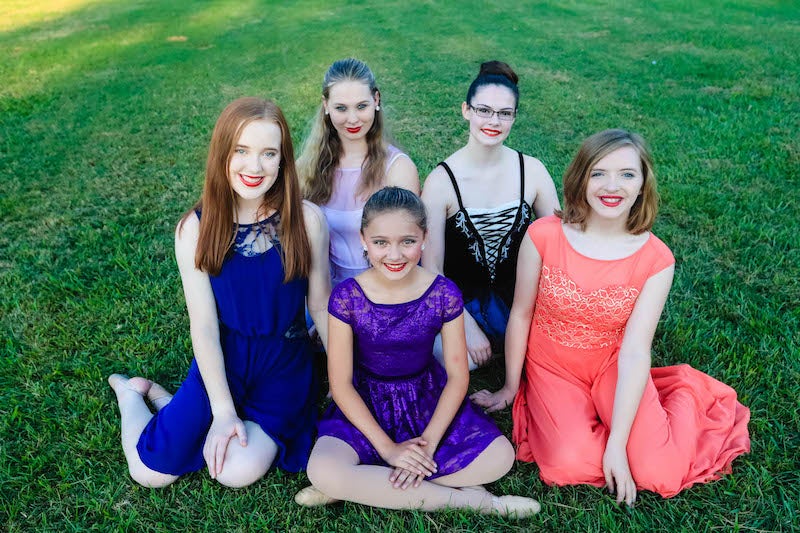
As every girl comes up with a dance they’d like to do, Lespi sits down with them and talks with them through the story they want to tell and the impact they want to make on the audience. It’s a studio of girls that have faced a lot of pain — loss of mothers, grandmothers, teachers and friends. They’ve known broken families and bullying.
“These are big things that could’ve destroyed these little girls, and they are taking that and expressing it through dance,” Lespi says. “They want to help other people. Every girl who walks through the door of our class has passion. And every girl, even though she’s from a one-traffic-light town, she has impacted lives all over the place.”
Lespi understands tragedy too and how dance can be a release. Her son passed away in recent years. And her best friend, who also taught at the studio for 17 years, lost her battle with cancer a few years ago too.
The pain is deep. And when words won’t do the trick — which is often, Lespi says — she can express herself through dance.
“It’s a place where you can speak without words,” she says.
And being a part of the studio sisterhood has made all the difference in her life, too. The bond between the dancers is one she can’t explain.
“We’re not just a studio — we’re a family,” Lespi says.
Ava Varco, a student at Elvin Hill Elementary School, agrees.
“I’m 10, and I’ve been taking dance there since I was 2. I feel like I’ve known these girls forever,” she says. “We’re a close-knit group, like a big ol’ family. They’re like my sisters. And we get to express ourselves through these dances.”
Driskell agreed — they were sisters with a purpose, a mission. “We want to tell a story through what we do. And it helps us, but we want it to help other people too.”

